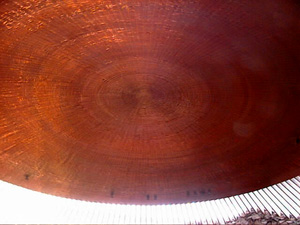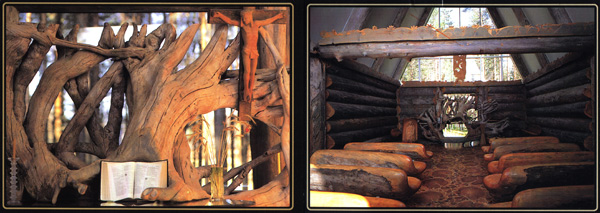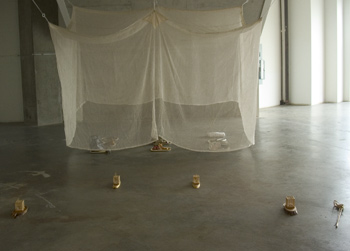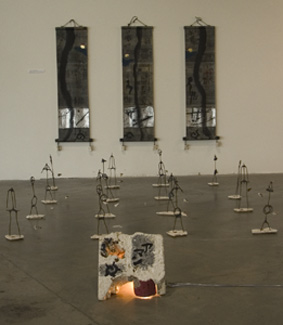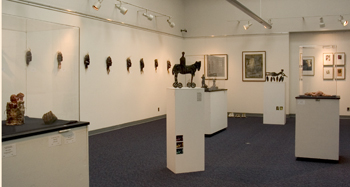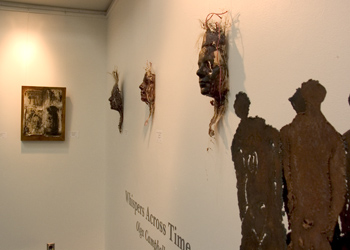visual music
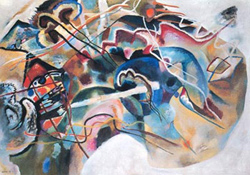
Wassily Kandinsky: Painting with White Border 1913
This description in Thursday’s Arts Journal really captured my imagination:
Art in Musical Terms – There is a relationship, but does one describe the other? The notion was to take the novelty of abstract art, so radical before World War I that it could hardly be imagined, and justify it by comparison to music. If a Beethoven string quartet could be understood and admired on its own terms, without imagining that it painted a sonic picture of the world, visual art should have the same freedom to escape from rendering reality. The notes and timbres and structures of music could be compared to the colors and textures and forms of a painting; a talented artist could assemble them into a visual “composition” every bit as affecting, meaningful and praiseworthy as anything that goes on in a fancy concert hall.
The quote is from a review by Blake Gopnik in Washington Post of the new exhibition Visual Music: Synaesthesia in Art and Music Since 1900 is at the Hirshhorn Museum in Washington, DC. The presentation brings together the work of forty artists and an array of media, including painting, photography, film, light projection, computer graphics, and immersive environments. Some of the artists represented are Man Ray, Paul Klee, Georgia O’Keeffe and Wassily Kandinsky.
Thinking About Art also has a review, by artist-blogger Kathleen Shafer. A commenter there provided a link to the Hirshhorn’s interactive website – worth a look for us unfortunates who cannot make it to Washington to see this.
By the way, Kandinsky is one of my favourite painters, a feeling reinforced by seeing the largest collection of his works anywhere along with the Blaue Reiter (Blue Rider) group at Lenbachhaus in Munich in 2000.
